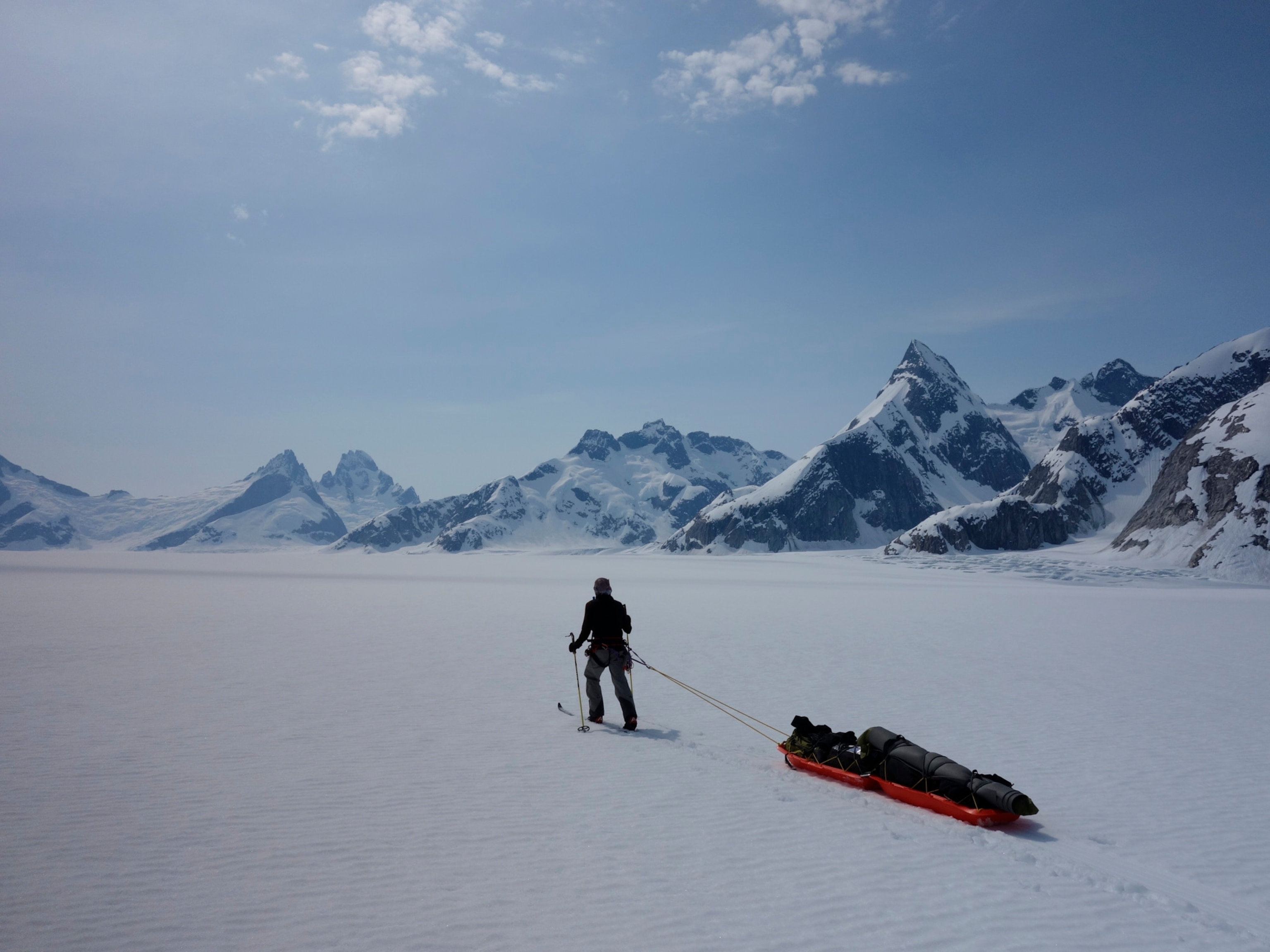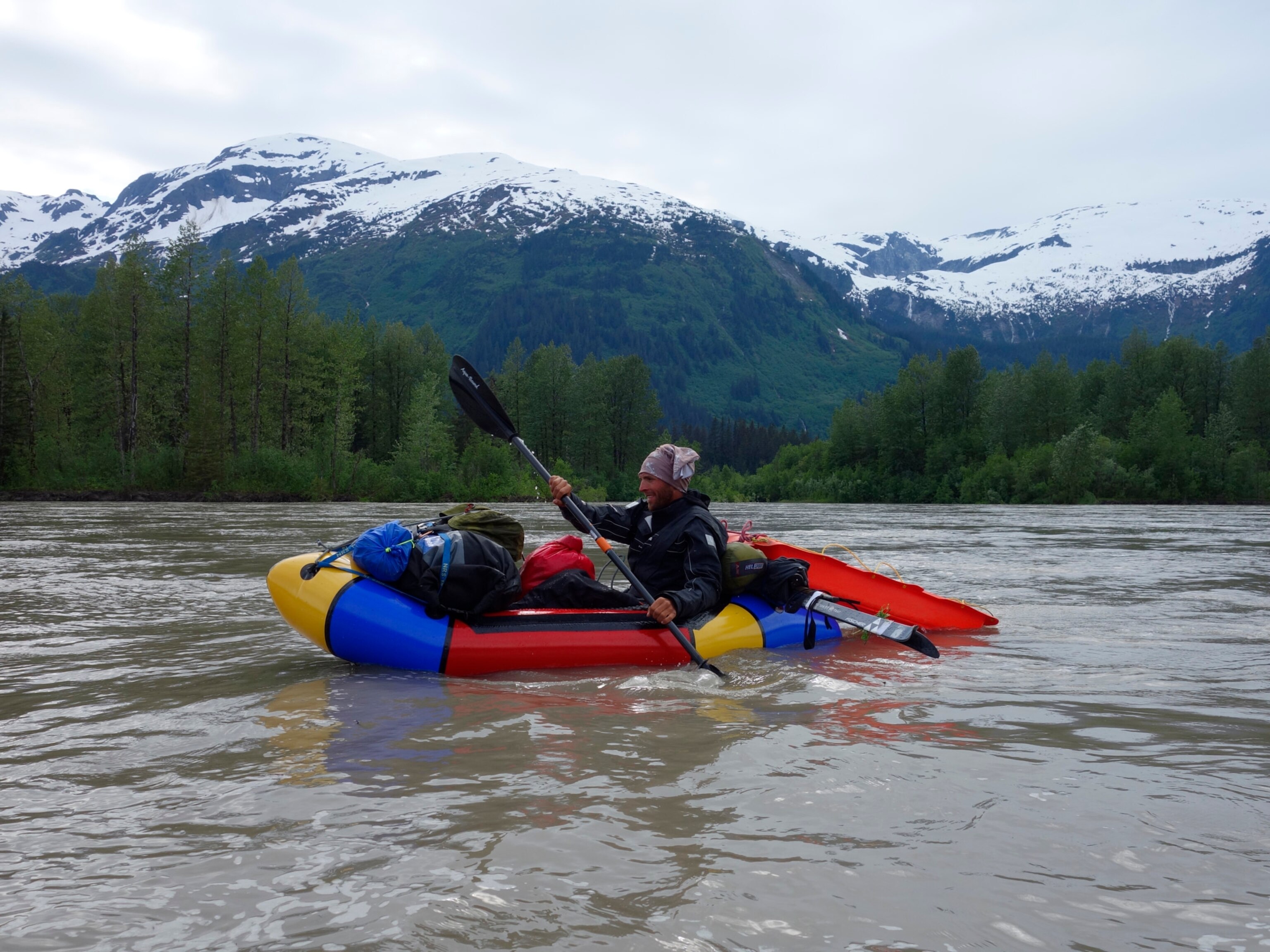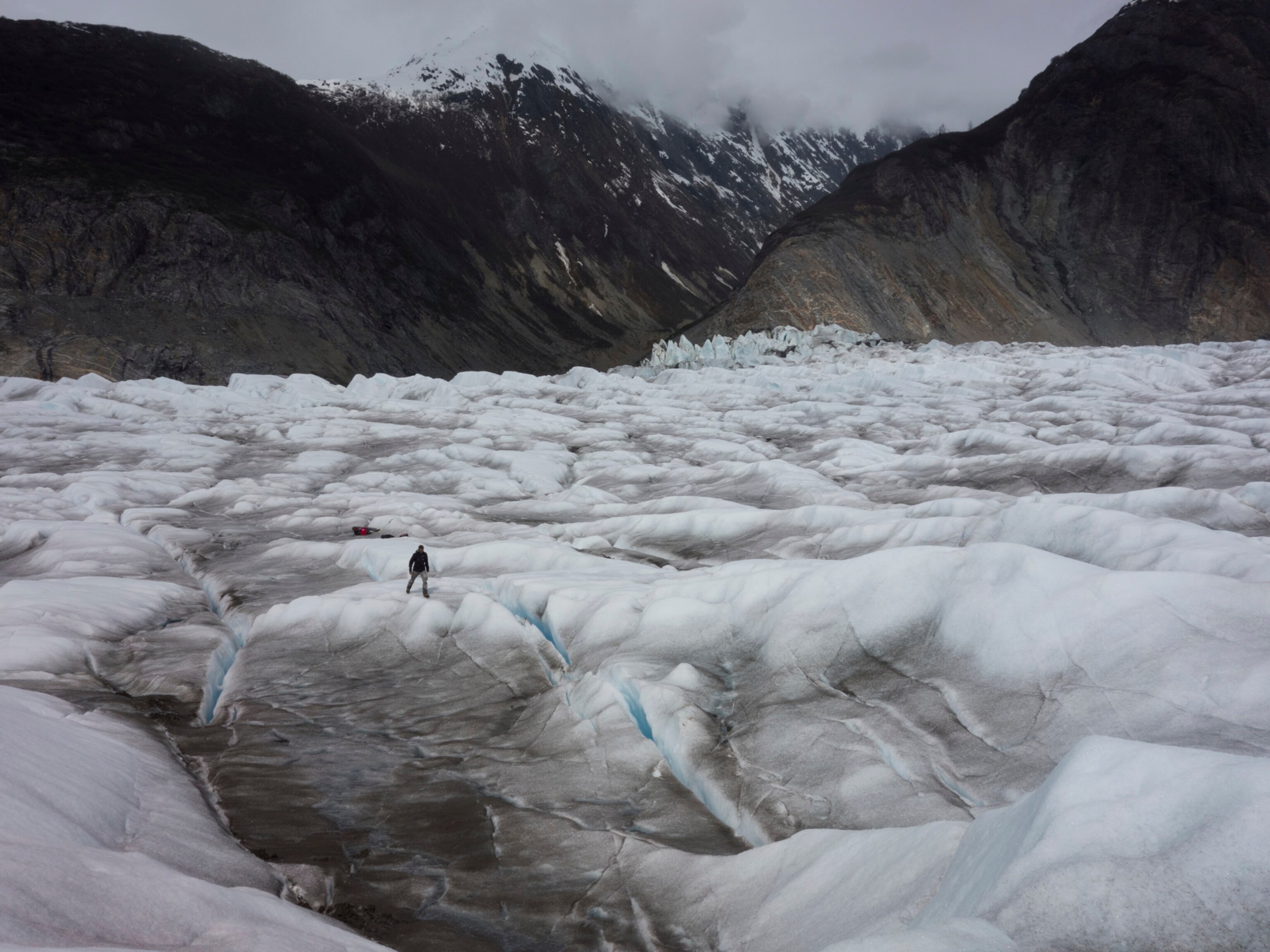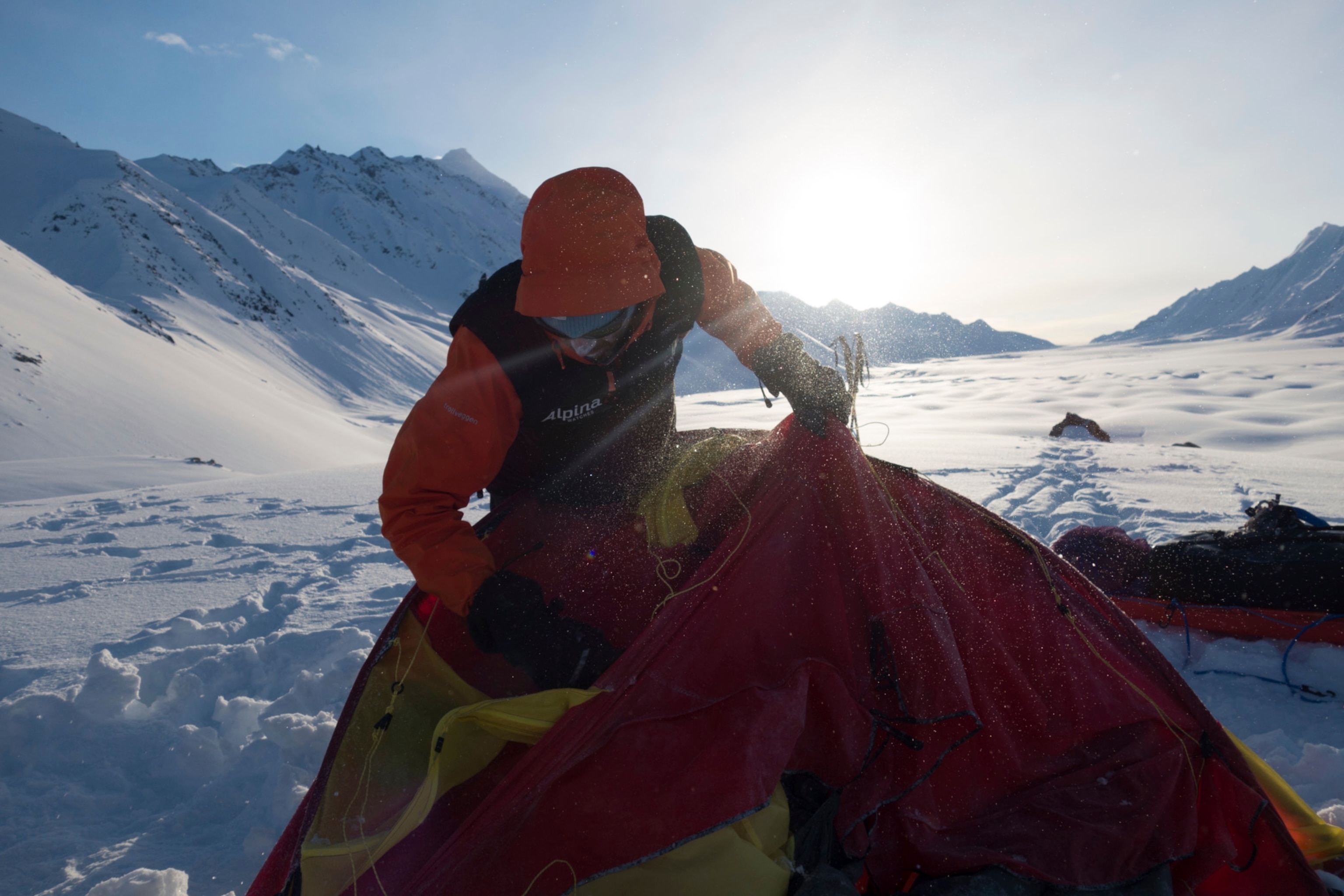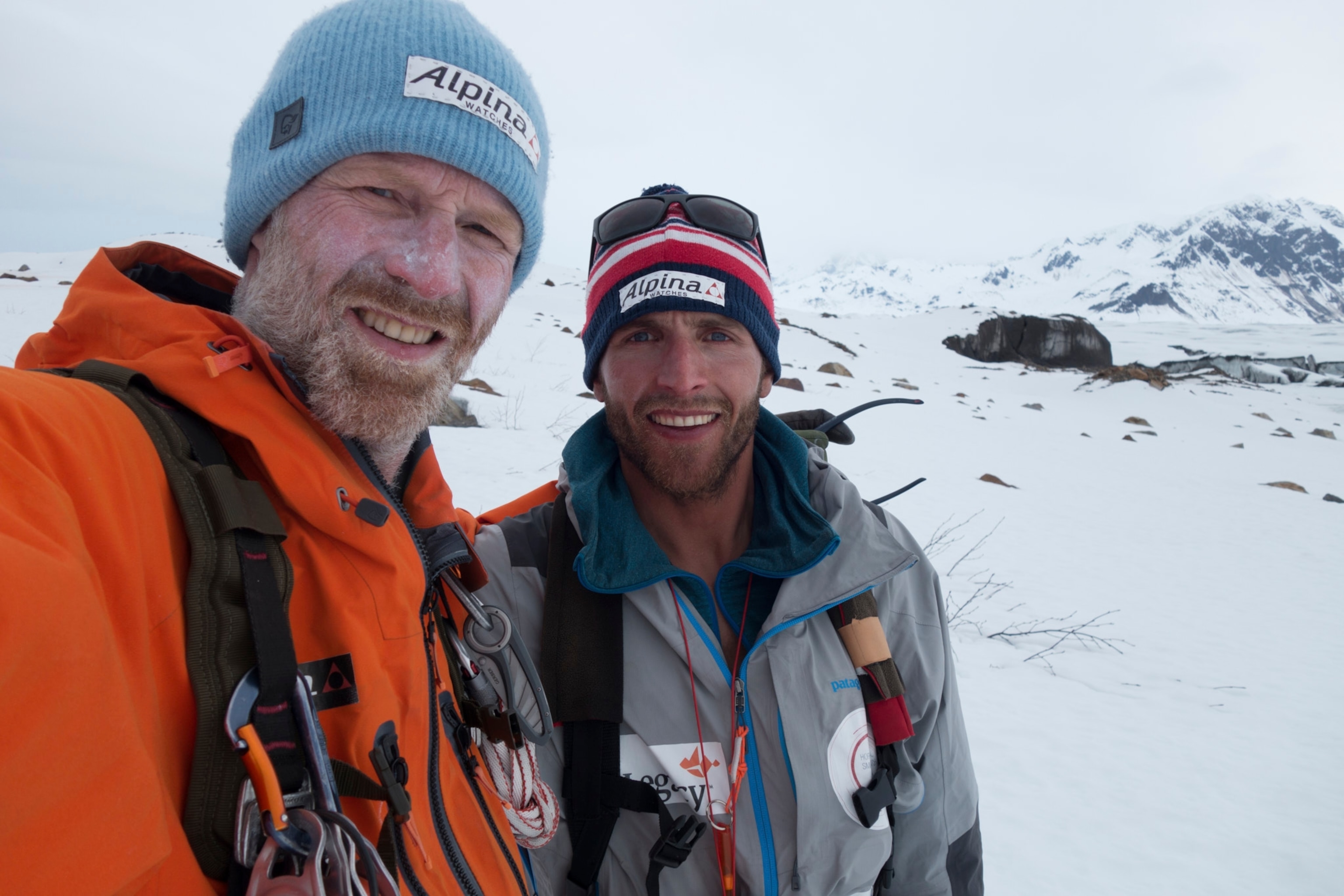A Glacial Pace: Tackling 20 Glaciers and Icefields Within the Next Decade
Vincent Colliard and mentor Børge Ousland are documenting climate change on an ambitious 10-year journey.
After a massive boulder crashed near Vincent Colliard on the crossing of Alaska’s harrowing Stikine Icefield, the French adventurer was hit with an adrenaline rush.
"We could have died on that glacier,'' Colliard said.
But pursuing a safer, more predictable line of work like the kind his family has suggested has never crossed his mind.
“My dad really wants to have me working with him, but I’ve been an adventurer since I was in my teens, and I think he's happy with what I've done,’’ Colliard, 30, said in a phone interview from southwest France, near the Spanish border. “It’s also a matter of doing what I love.”
Following the Stikine crossing in 2015, Colliard and his mentor, veteran polar explorer Børge Ousland, wrapped a 22-day, 270-mile trek across Alaska’s Wrangell-St. Elias Icefield earlier this year. The journey included skiing in from an airplane drop, hiking, more skiing, and eventually paddling part of the Copper River before their arrival in Cordova on the southeast coast.
The National Geographic grantees plan to complete 20 glacial treks over the next decade as part of their IceLegacy project, designed to raise public awareness about rapid glacial decline and climate change while also sharing their findings with scientists.
“It’s good to open people’s eyes to the fact that the ice is retreating so much,’’ Colliard says.
Though the Stikine expedition lasted just 16 days, Colliard says it was the pair’s toughest so far. The ice was locked between steep mountains, forcing them to reroute, circle back, and zigzag from their initial plan. There were days when they barely made it more than a mile, a pace that exhausted their 10-day food supply. It was on their last day that the rock fell down a steep canyon, moving so fast that neither could hear it before it exploded on impact.
Rock hazards aside, the pair have navigated avalanches, blizzard conditions, polar bear encounters, and physical challenges including freezing temperatures and food rationing.
They can’t plan for such mishaps, but each expedition takes a meticulous amount of preparation, including mapping routes, organizing logistical support, making travel plans, coordinating public relations, and securing financing. “The main thing is money," Colliard says. "Flights alone can cost $50,000 to $60,000."
Colliard and the legendary Ousland—a former deep-sea diver who's soloed the North Pole, skied across Greenland, and sailed the Northwest Passage—plan to return to Alaska in 2017, when they'll cross icefields in the Chugach Mountain Range.
According to Colliard, they hope to complete all 20 crossings by 2024.
And after that?
“I’d like to still do expeditions," Colliard says. "Børge was my mentor when I was 17. He’s 54 now, and he’s still a machine. When I’m older, I would like to be able to do the same thing.”
Colliard says he may eventually pursue his own business venture tied to expeditions—such as a line of expedition food. His own tastes tend to run toward the pedestrian, particularly when he and Ousland exit the wild.
“When you’re crossing an ice cap, there's no other place to be,’’ he says. “But when I come back to civilization, the first thing I want is a big, long pull of a fresh beer.”
National Geographic produced this content as part of a partnership with the Rolex Awards for Enterprise.
